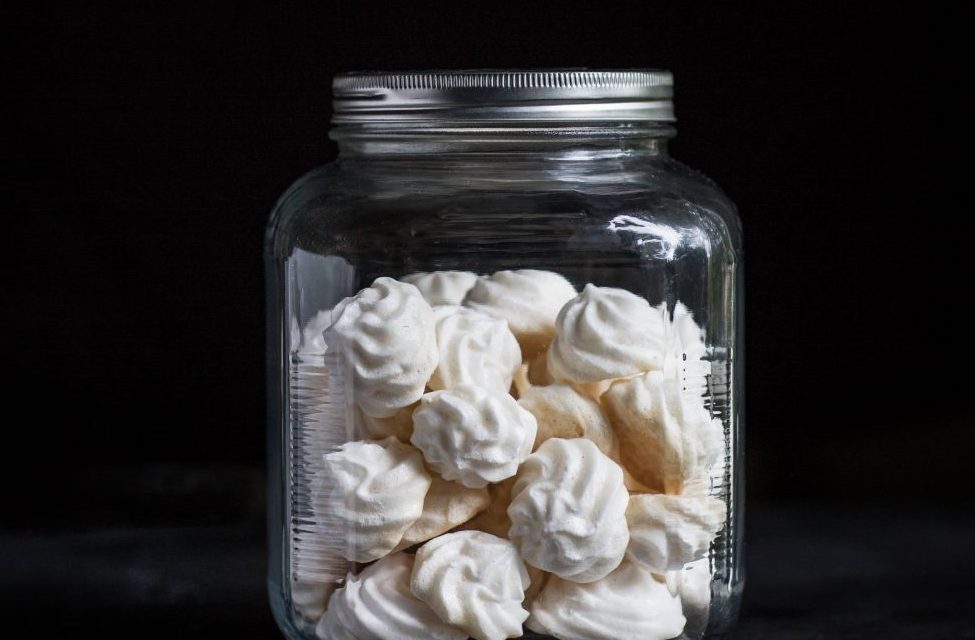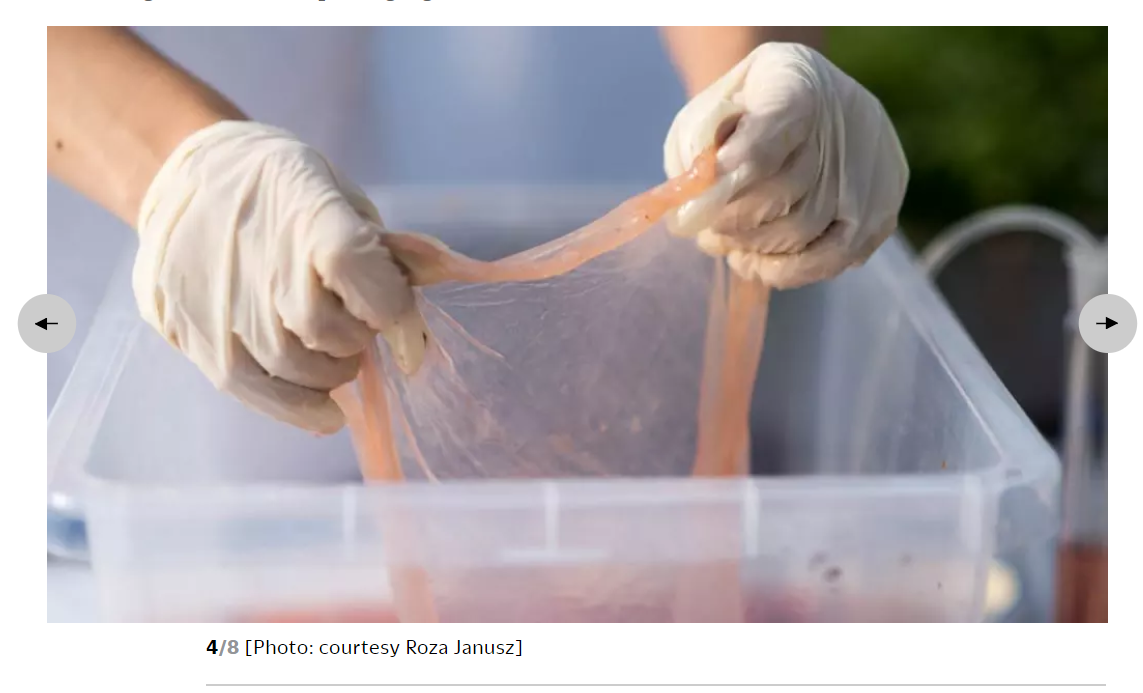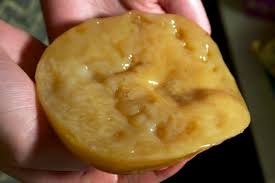
Like many, you have no doubt looked at the scoby used to brew your kombucha and gazed in amazement. As we have written about several times, beyond creating a batch of brew, there are many uses—some straightforward, some quite creative—for that odd-looking powerful, probiotic, squishy matter.
An article in Live Kindly profiles, perhaps—and we only say perhaps—that is some of the foundational thinking beyond the work taking place at Geltor, a company producing a vegan substitute for gelatin. Traditional gelatin—used in more recipes than anyone imagines—is a byproduct of animal collagen. Yes, it is gross. Gelator and others in this area may have looked at a scoby and wondered if a microbial-based vegan rennet could be created that resembles or has the same properties as a scoby.
The largest benefit to a vegan gelatin would be in the manufacturing of such tasty treats as marshmallows and Gummy Bears. It would also make sense that the makers of Jell-O (Kraft) might consider a line of vegan gelatins.


